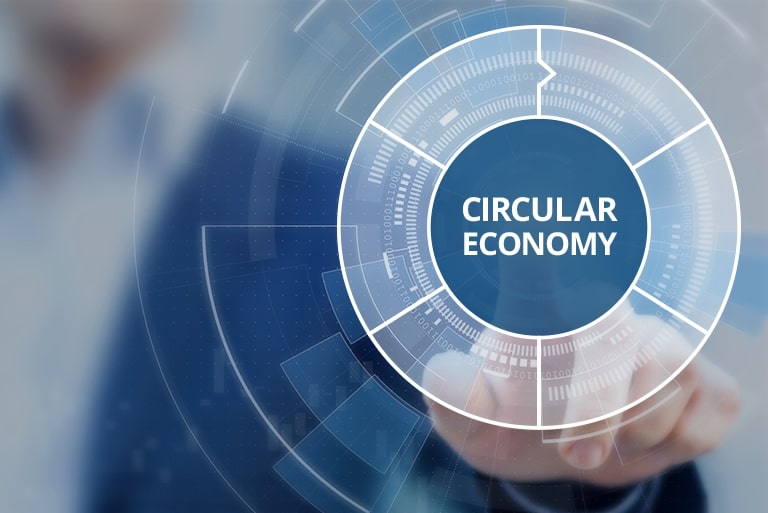All About Circular Economy
The production and consumption paradigm in today’s economy includes sharing, leasing, renting out, repairing, refurbishing, and recycling. This has helped to prolong the usefulness of things. This also implies minimising waste in practice. Recycled materials are used to make new items when a product reaches the end of its life cycle. To maximise their usefulness, they may be used repeatedly.
The market encourages repurposing goods rather than discarding them in a Circular Economy. All rubbish, including clothes, scrap metal, and outmoded devices, is recycled or repurposed in such an economy. Thus, new industries and employment may be generated while the environment is safeguarded.
There is a shift away from the take, manufacture, consume, and discard economic model. Many low-cost and readily available materials and energy types are necessary for this paradigm. It fits into this model when a product is designed to have a limited lifetime to tempt customers to repurchase it.
How Important Is the Circular Economy to You Right Now?
- As the global population expands, so does the price of essential commodities. However, natural resources are in scarce supply.
- A lack of raw resources forces some EU members to buy them from non-EU member countries.
- The extraction and usage of raw materials also have a substantial environmental effect. There is also an increase in CO2 emissions due to increased energy usage. However, CO2emissions may be reduced through better use of primary materials.
Is There Any Benefit to a Circular Economy?
There are several ways to save money and reduce greenhouse gas emissions in the EU, including waste avoidance and ecodesign. Commodity manufacturing now contributes to 45 per cent of the world’s CO2 emissions.
Consequently, consumers can look forward to higher-quality, longer-lasting goods that are also more innovative.
Resources and energy are the actual gold, according to these principles.
The primary goal of a market model based on a Circular Economy is to reduce waste. The foundation of an economy is that there is no waste. It is possible to employ high-quality materials, and the products are designed to be easily dismantled and reassembled.
Product life cycles in this type of economy model are shorter than in typical garbage disposal and recycling ones because of the amount of carbon and labour wasted. The ultimate aims of maintaining and expanding natural capital are to manage limited stocks and renewable resource flows.
Economists should pay attention to the cycles and patterns of nature.
This economic model distinguishes between biological and technological cycles. Composting and biodegradation of living species (including food, linen, and cork) are the only ways of recycling these materials back into the environment.
Cycles such as these biological repair systems, including soil and seabed, provide a steady supply of renewable energy sources for businesses. The technical cycle allows for the repair and remanufacturing of products (such as washing machines) or recycling resources (such as limestone).
Keeping goods and resources in use at all times, both in biological and technological cycles, attempts to maximise resource outputs.
Principles of the Circular Economy: Consider Using Solar and Wind Power as an Alternative Energy Source
A pillar of recycling and reuse is that it must originate from an independent source of renewable energy, which is required to fuel card for self employed this cycle. Finding and removing negative externalities is the key to increasing the performance of systems.







